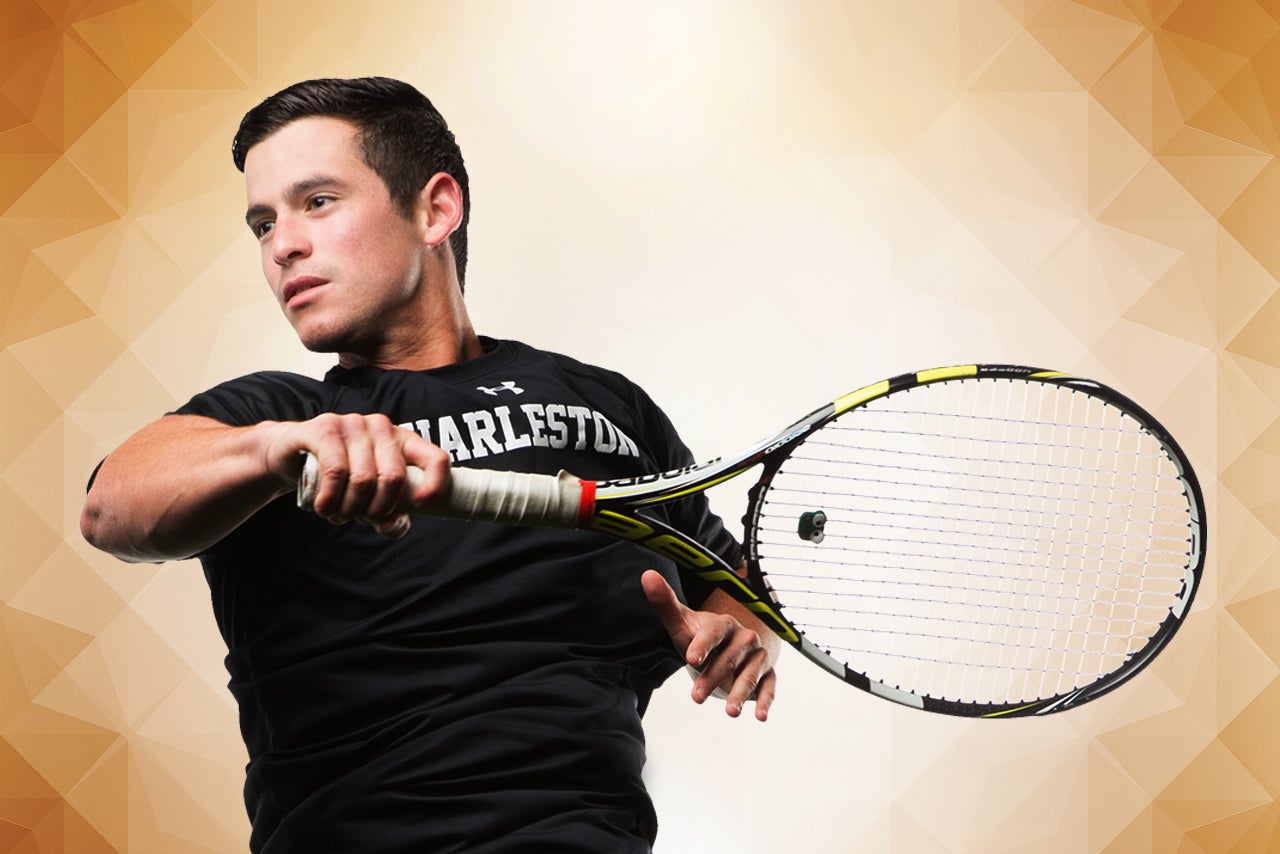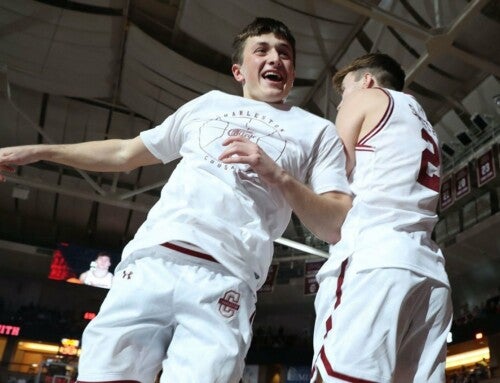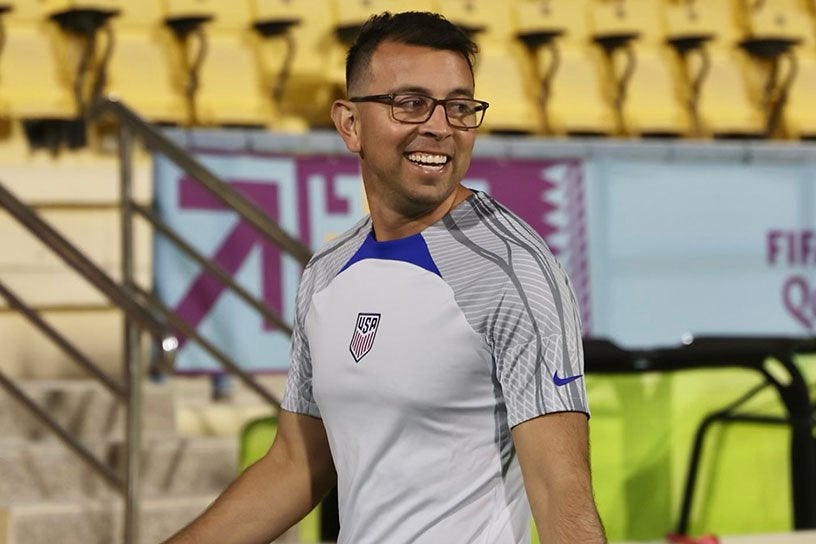The Internet influences just about everything. That’s certainly true of men’s collegiate tennis.
A case study of this concept played out over the weekend as the College of Charleston’s men’s tennis team battled conference foes for the Colonial Athletic Association title in North Carolina. The team reached the tourney’s semifinals with a squad of players coach Jay Bruner recruited from across the globe, thanks in large part to the help of the web.

Jay Bruner, head tennis coach of the College’s men’s team.
The Cougars were eliminated by the eventual league champions in UNCW, but Bruner attributes the team’s recent successes — including the 2016 CAA crown — to the six international players on the roster.
“I played Division I tennis at Virginia Tech in the mid to late ‘90s,” he says. “There were only a few international players getting college scholarships in the U.S. back then. That was the early days of the Internet, so recruiting international student-athletes was a lot more challenging than it is today.”
He adds, “these days, as a coach, I can learn about a player who lives in Germany simply by going online to view his recent tournament scores. I don’t have to see the guy play. I can tell from his results how good he is. I can see who he has beaten, how regularly he plays and I can look at a condensed history of his performance.”
And that’s something that Bruner has grown adept at doing. Along with many other mid-major tennis coaches, Bruner ends up recruiting a fair number of international players. In fact, his No. 1 player at the moment is junior Juan Estevarena from Argentina. Senior Franz Sydow (above) hails from the Netherlands, and other players on the roster come from Mexico, Germany, Chile and Russia.
“I have six internationals on the team right now and five Americans. In the early years, we had one or two internationals, but 6 to 5 is a typical ratio for the team’s makeup in recent years,” he says. “Actually, an increasing number of international players on men’s and women’s teams is a phenomenon that’s occurring across a number of collegiate sports.”
For Bruner, this relatively recent development is a positive trend.
“For the U.S. players on our team, it’s a good blend,” he says. “They get exposed to the international game and that’s definitely a benefit.”
He adds, “most of the time, the players we recruit from other countries tend to be more mature in terms of competition. That’s because in the U.S., high school tennis players primarily play within their own age bracket, but that’s not the case in Europe and other parts of the world. Foreign players generally have a lot of experience playing against adults, and that adds versatility to their game.”
He says this influence tends to accelerate the development of his U.S. players in their first two years on the team. But it’s something of a symbiotic relationship because his international players also benefit.
“Our international players tend to adjust quickly to life here. We have an advantage being in Charleston,” he says. “It’s a place that’s well known in other countries and young people want to come here. The diversity that this city offers is inviting. The international students come here and see a walkable city, warm weather and tourism going on. They don’t see a remote campus that’s cut off from its surroundings. This is not a strange environment for them, so it’s inviting and they assimilate very easily, which is a big component in their success as athletes and as students.”
Bruner says it’s been a fun experience exposing all these international players to Charleston and exposing his American players to those from other countries.
“I’ve made a lot of enduring relationships, and think the players have as well,” he says. “We’re striving for the right balance on the team, and I think this year we may just be closing in on it.”
You can follow the men’s tennis team online here.
Featured photo of Franz Sydow, of the Netherlands, by Mike Ledford.





